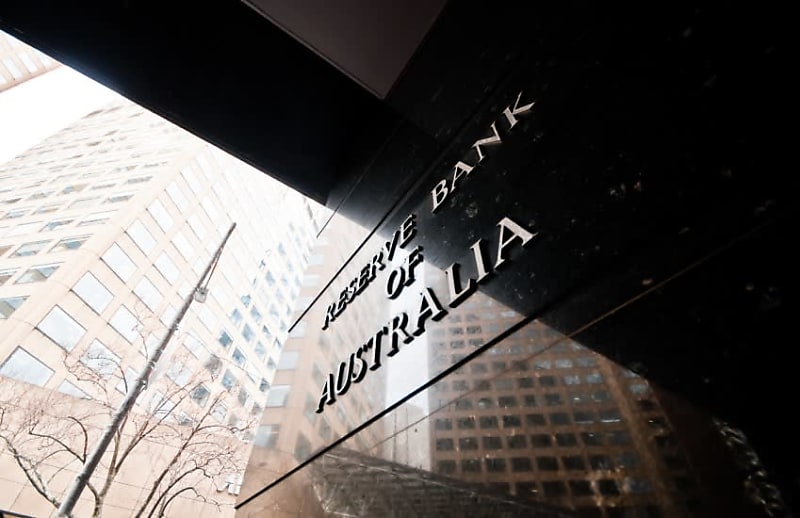You’re out of free articles for this month
Shane Oliver, AMP chief economist, said the RBA got the confirmation it had been waiting for with June inflation data showing “a further leg down” in underlying inflation.
“After the surprise RBA decision to leave rates on hold last month, there was no such surprise this month with the RBA delivering a widely expected 0.25 per cent rate cut taking its cash rate to 3.6 per cent,” he said.
“The money market had priced in a 100 per cent chance of a cut and all 40 economists surveyed by Reuters had expected a 0.25 per cent move.”
“In particular, the RBA noted that underlying inflation has fallen broadly as expected, providing more confidence that inflation will be sustained around the midpoint of its 2-3 per cent target range. It also noted that labour market conditions have eased further, wages growth has eased from its peak, businesses in some sectors have been finding it more difficult to pass on cost increases, there is a risk that consumption growth is a little weaker and US tariffs are still expected to adversely affect global activity.”
The Council of Small Business Organisations Australia (COSBOA) noted the rate cut was welcome as it would improve confidence levels and stimulate spending, which would support the small business sector.
However, it was added that despite the cut being welcomed with open arms by the broader community, it acted as a warning that “brave economic reform” was the key to stemming Australia’s “flailing” productivity growth.
Matthew Addison, COSBOA chair, said systemic long term economic reform, such as cutting the company tax rate to 20 per cent for small businesses, was key to supporting the sector to thrive now and into the future.
“Our hope is that this rate cut lifts consumer spending, which will help improve cash flow for small businesses in what can only be described as tough economic conditions,” Addison said.
“However, cutting interest rates is not a long-term solution. Our recommendation to cut the company tax rate for small businesses to 20 per cent, which has been endorsed by the Productivity Commission’s findings, would not just improve cashflow. It would allow small businesses to reinvest, employ more people and innovate.”
RSM economist, Devika Shivadekar, followed this point of view and stated that the cash rate cut would give some breathing room to households with variable rate mortgages, however if households continued to play it safe, the boost to growth may be smaller than the RBA hoped.
“The extra cash in people’s pockets could boost spending, but it’s still unclear whether Australians will splurge or continue to squirrel it away. On the flipside, if spending jumps faster than expected, it could help the economy but risk reigniting inflationary pressures,” she said.
It was also added by Shivadekar that the improvements across businesses that could be delivered through the cash rate were “uneven”.
“Many companies are still battling high input costs, wage pressures, and inconsistent demand and competitive pressures mean it's hard to fully pass these costs on to customers. Small businesses in particular, margins could stay tight even as finance gets cheaper,” she said.
“Private demand is gradually recovering due to improving real household incomes and a modest easing in financial conditions, however for businesses that broader struggles remain centred around productivity and ongoing challenges to fill skilled roles.”



